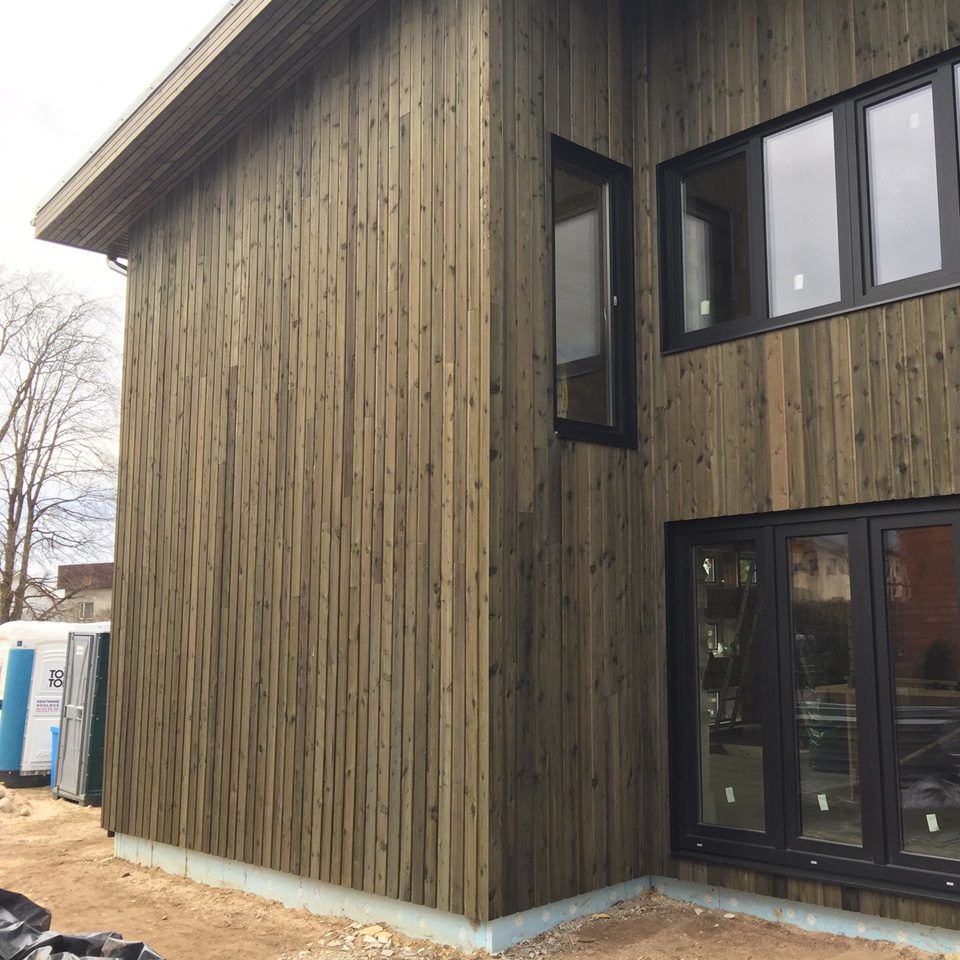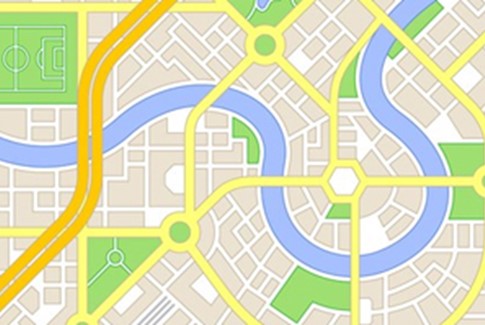Can 9mm thick untreated timber be used instead of fire-rated Euroclass C-s3,d2 for external wall surfaces?
A common query received by the TDCA is the interpretation of Approved Document B with regards to the Reaction to Fire performance of materials used on external wall surfaces. This appears in Table 10.1, Volume 1 and Table 12.1 in Volume 2.
In both cases, a fire rating of Euroclass C-s3,d2 or better is specified for use: up to 10 metres above ground level; above a roof or any part of the building to which the public have access; on a building of 18 metres or less in height and; 1000mm or more from the relevant boundary. Against the fire rating you see a reference to table note 3.
Footnote 3 to these tables states that (untreated) ‘Timber cladding at least 9mm thick is also acceptable’.
This goes against the accepted industry opinion. The reaction to fire properties of untreated timber cladding are defined as being D-s2,d0 (with a number of caveats, including a minimum thickness of 18mm), which is a lower rating than C-s3,d2. This is summarised in the Wood Protection Association and Timber Development UK’s Guidance Note WPA FR 11.
We believe this footnote in Approved Document B is an anomaly, a misinterpretation from a previous regulation.

As such, with regards to timber cladding used in the applications that must be fire rated under the regulations, in no circumstances should it be substituted with untreated material. The TDCA’s advice is to always specify a flame retardant treatment applied with a certified factory controlled process.
TDCA
Possible origin of the 9mm statement
CROSS ReportLinkedIn discusion
Configuration -vs- materials



